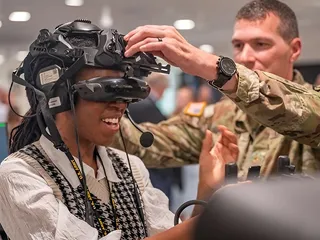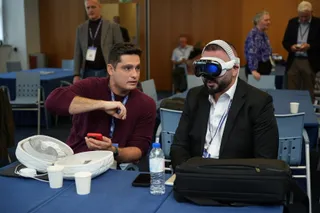AI and Modular Systems Reshape Military Training
Contact Our Team
For more information about how Halldale can add value to your marketing and promotional campaigns or to discuss event exhibitor and sponsorship opportunities, contact our team to find out more
The Americas -
holly.foster@halldale.com
Rest of World -
jeremy@halldale.com

The Department of Defense (DoD) is turning to artificial intelligence (AI) and modular open systems architectures (MOSA) to improve how U.S. and allied forces train for complex, multi-domain operations. These efforts aim to strengthen readiness across land, air, sea, cyber, and space domains.
AI-driven Intelligent Tutoring Systems (ITS) replicate human instructors by assessing performance, diagnosing errors, and providing real-time, personalized feedback. Research indicates ITS can deliver outcomes similar to one-on-one instruction while supporting scalable and individualized training. The U.S. Army’s Generalized Intelligent Framework for Tutoring (GIFT) highlights the potential of modular tutoring components integrated across platforms.
MOSA, meanwhile, promotes sustainability through open interfaces and modular components, reducing vendor dependence, lifecycle costs, and integration challenges. The related Modular Open Human Architecture (MOHA) enables training data to be shared across systems.
While challenges such as cybersecurity, acquisition timelines, and cultural barriers persist, pilot programs show progress. The integration of AI and MOSA is viewed as both a technological advancement and a strategic necessity for preparing forces for future conflicts.


